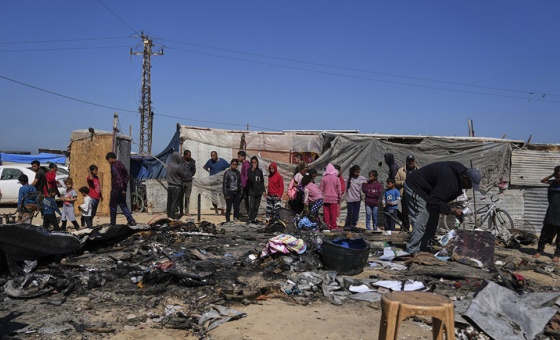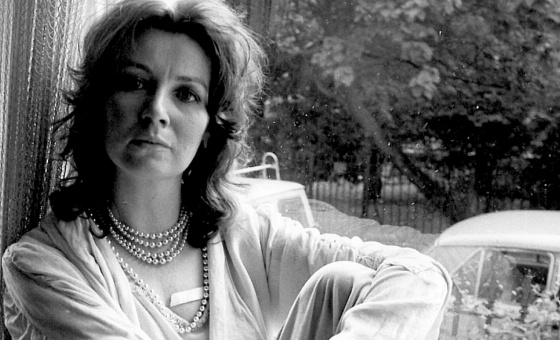This is the last article you can read this month
You can read more article this month
You can read more articles this month
Sorry your limit is up for this month
Reset on:
Please help support the Morning Star by subscribing here
FOR anyone the least bit interested in the industrial and social history of one of Britain’s premier cities, particularly if they are considering a visit, then this book is essential reading.
Each chapter deals with a different district and begins with a map and a suggested walking tour of the area taking in the delights, or monstrosities, which are detailed. Interwoven into the architectural narrative are biographies and descriptions of the characters, famous and infamous, who were born, lived, worked and died in the area.
Clydebank and Rutherglen are also included, with Mitchell arguing that it is ridiculous that they are outside of Glasgow’s “absurdly constricting boundaries.”
The first district explored is Pollockshaws, which began as a village and then grew with the textile industry, whose most famous son was the magnificent revolutionary John MacLean.
The tour then moves on to Govan which has the proud claim to have elected Britain’s first Muslim MP in 1997 and whose other sons include Jimmy Reid, Alex Ferguson and Harry MacShane. It used to be possible to be “never out of earshot of a hammer” from the many dockyards.
In Yoker and Scotstoun little now remains of the once mighty Albion Motors, which made buses and trucks and had the communist Willie Gallacher as a union convener. Close by is the Yarrow shipyard where the workers courageously refused to finish work on a frigate bound for Pinochet’s Chile in 1973.
It is also worth noting that in 1933, while the future King Edward VIII was teaching our current monarch how to do a proper nazi salute, Glasgow City Council was boycotting German goods “in protest against Hitler’s anti-semitism.”
So much for the royal apologists who would have us believe that people were not taking the nazis seriously at the time and simply mocking them.
The final, and largest, chapter is on Bridgeton — better known locally as Brigton — which may surprise the many who will only know about it from its previous reputation for appalling housing conditions and sectarian gangs.
Mitchell details how much more there is to the area, with its Venetian palace, Byzantine mausoleum, baroque church and art deco hotel.
Such is the level of fact, information and opinion packed into just 200 pages it is to the author’s credit that the book is totally absorbing and eminently readable — and another excellent reason to visit Glasgow.
Review by Alan Lloyd





